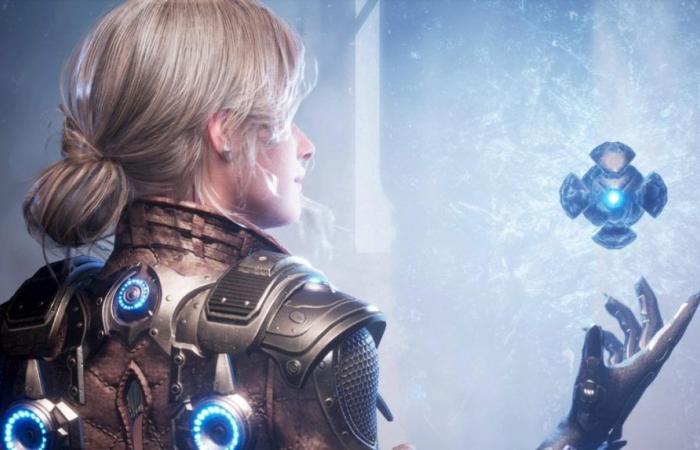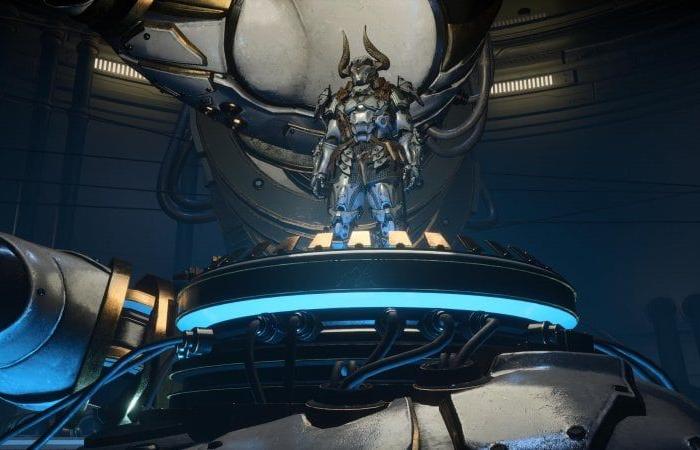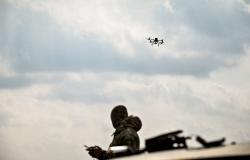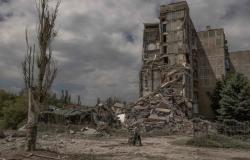The First Descendant has made some major progress in its refinement process ahead of its July 2 release. The story explains much more of the narrative universe, many Scions (the playable heroes) are now protagonists of the narrative and can be met during the adventure, the currencies and crafting systems are more understandable and the plan for the end game is rich and multifaceted.
A part of the audience for this game, however, will continue to have a fundamental problem: the similarity to Warframe. The First Descendant manages to create a game atmosphere and unique characters (even if not very original in terms of skills), but its systems are taken from the Digital Extremes title and implemented by Nexon developers.
If you have never played Warframe in your life, this problem will not concern you in the slightest and you will be guided step by step through crafting, the chances of obtaining certain items, the mastery levels and the exhausting waits to complete the search for a new one. character. The Tenno, on the other hand, might have a feeling of déjà-vu so strong as to discourage gaming.
The warrior of the moon
Those who played the first Destiny at launch will remember the origins of the meme known as “That wizard is from the moon!”. Originally, in fact, the English voice actor of Spectre, the little robot who accompanies the player explaining what he encounters, was voiced by Peter Dinklage who didn’t deliver the best performance. Given the poor reception from the public, Bungie decided to change the voice actor and add a robotic filter to the voice.
For The First Descendant, Nexon did the exact same thing: the character of the Guide, who in previous tests had a persuasive female voice, was re-dubbed with the addition of a robotic filter and her presence in the campaign was completely revised. Now the interactions with the other descendants and the various characters of Albion (the fortified city that acts as the game’s hub base) dominate and the role of the character is even questioned rather than accepted as prophetic.
Not only that, fortunately some very flat characters in the first tests were explored in depth with off-screen dialogues and new filmed scenes so as to move away from the usual stereotypes of the gruff general and the insecure assistant. The flow of the gamehowever, has remained unchanged with a routine made up of sectors of a map to be “freed” by completing between 3 and 4 missions, narrative tasks that unlock the next sector and external missions with narrative content.
From a combat perspective, the experience proved to be very solid as a third-person shooter. The graphics are refined, the sound effects are well done and the menus are understandable and navigable. The problem remains of explaining the real impact of the many changes available without overwhelming those who play with dense and microscopic text, but this is a flaw that almost all MMOs carry with them.
A familiar progression
Who wants to remain a free to play player of The First Descendant must prepare to grind a lot. The game “gives” users two descendants (one of the three starting ones and Bunny, a character based on running and electricity), all the others must be earned by farming specific activities.
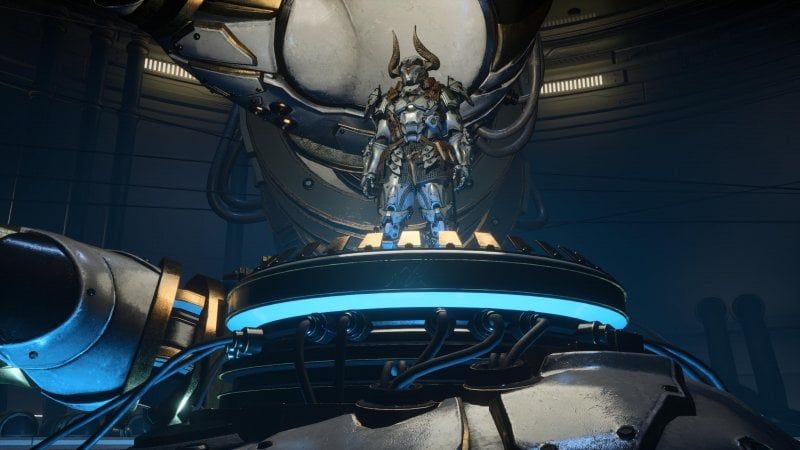
Each character has levels that unlock new skills with progression and more space for modifications (passive upgrades that act as the fulcrum of the build creation system) while the account progresses through the mastery levels that are earned upon achieving objectives hinge.
To get new descendants you need to acquire four members for each through special reward boxes at the end of the endgame activities (which we will delve into shortly) and put them in development with a character, same thing for the ultimate armaments, the strongest weapons in the game. Many descendants, then, have a more powerful ultimate version that can be acquired in the same way, but with almost triple the grinding to avoid opening the wallet.
The only thing in which this whole system differs from that of Warframe is the presence of loot (in the form of weapons and components) that is obtained during the game. This system (from the color scheme to how it works) is taken from Destiny 2 with common, uncommon, legendary and ultimate weapons, to be obtained through tasks scattered around the game world or as a reward for completing a difficult activity.
The strong similarities to Warframe continue in that character and weapon mods are not only the main focus of many missions (and are capable of completely transforming a weapon), but are also key to keep up with the difficulty. This is a system that works as new mods continue to arrive and the space available in each weapon grows the more you use it.

We spent half our time on an account with everything unlocked and maxed out and half creating a character from scratch – the difference in power level is abysmal. The weapons are 100 times more powerful, the descendants are 10 times more resourceful and the game is 10 times harder. Nexon has ambitious plans for The First Descendant’s endgame, but we fear the mountains of grinding needed to fill a chasm of this size in this game’s power level.
Plans for the future
Minseok Joo, creative director of The First Descendant, told us what the plans are for the future immediately after the launch on July 2nd. “We wanted to create a looter shooter that focused on making grinding, collecting and improving the many characters fun,” he said. At launch, in fact, there will be 19 descendants: 14 regular and 5 ultimate. Of these three have never been shown before: Esiemo, an explosion specialist, Enzo, a character all about the gunplay experience thanks to his abilities that provide ammunition, and, finally, Yujin, a descendant specializing in healing and support.

We tried all three at their maximum power and they are confirmed to be absolutely in line with the rest of the cast: unique enough to change the approach to gameplay, never truly original in appearance and kit. As regards armaments, however, they will be divided into 11 classes (machine guns, snipers, rocket launchers, etc.) to which will be added the completed weapons of which, at launch, there will be 22.
The modules, the true heart of the game, will be 560 at launch, with some specific for the grappling hook which will soon become mandatory because they allow hook it in mid-air in Spider Man style. The map will be divided into eight regions of four zones each which, once the main campaign is completed, “will transform into perfect places for grinding thanks to the option to visit them at increased difficulty” said Minseok Joo.
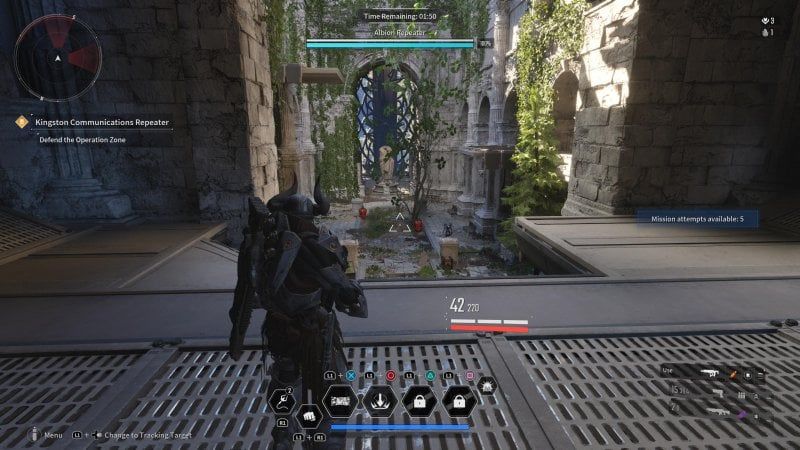
The endgame will consist of 16 bosses in as many missions called Void Intercept (which will be one of the primary sources of components for the new descendants) and 16 dungeons called Infiltration Operations, each with unique locations and objectives. After the launch, narrative missions dedicated to each descendant will arrive (with videos and other content) to delve deeper into each one’s story.
Monetization will have several facets: a battle pass (free and premium) with an ultimate weapon at the end which, according to the developers, “can also be obtained for free”. And in the shop where, in addition to the usual cosmetics including skins, make-up, hair styles and color palettes, there will be “Items that reduce the growth time in the game and improve the gameplay experience” said Minseok Joo who added: “I would like to underline that most of these items can be obtained for free by playing.”
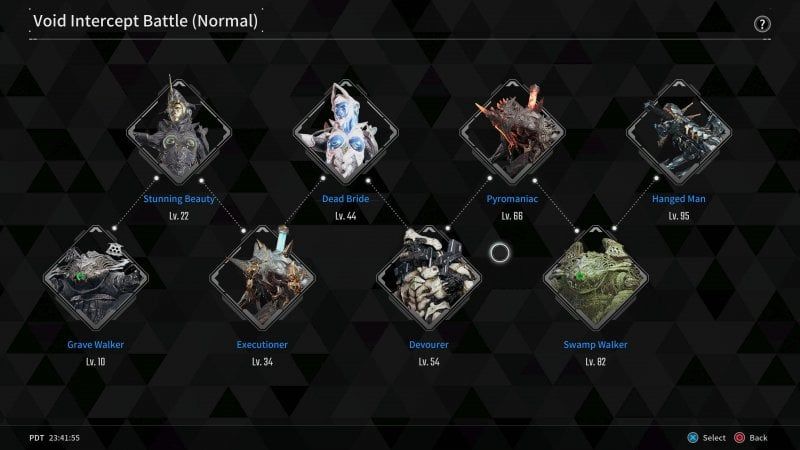
After a four-week launch season, the game will finally enter its planned live service schedule seasons of three months each, each with lots of new content. In the first one arriving in August, a new descendant called Luna will be introduced, equipped with a kit focused on music that “will transform TFD almost into a Rhythm game”. Together with her there will be a new boss while in the following seasons, in addition to new characters not yet revealed, dungeons and a 1:1 trading system between players about whom nothing has been said.
The First Descendant has beautiful graphics, satisfying gunplay, an explosive sound section and a story that, even if not very original, manages to keep your attention high. Players who want to remain free to play will have mountains of grinding to climb (how high we will only be able to understand during the review phase), but the contents promise enough variety to not become too boring. The endgame promises to be varied and long-term support rich: the only major problem we encountered is originality. The progression is identical to that of Warframe, the loot system is taken heavily from Destiny 2 and the heroes, beautiful to look at and spectacular in their abilities, fail to stand out in any way, resulting in them being incredibly generic.

